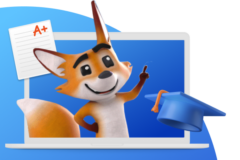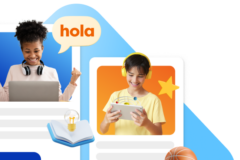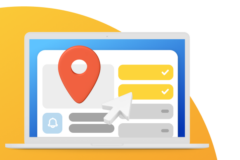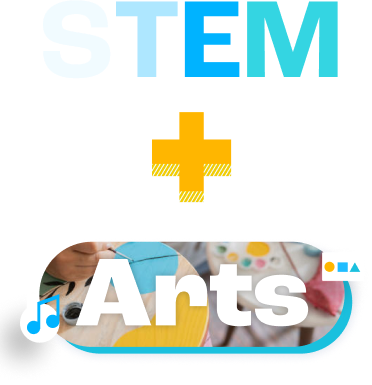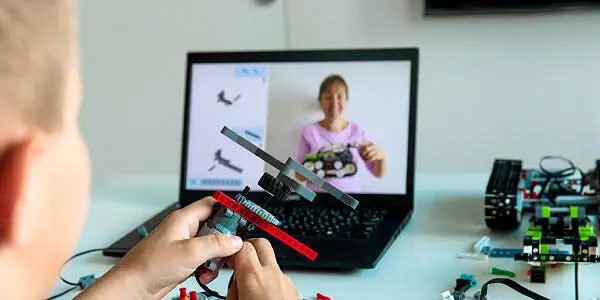Studying the world and gathering knowledge helps us understand real-world problems and generate solutions to improve the world. The STEM science curriculum at K12 offers dynamic pathways for students of all ages. Each is designed to foster a sense of curiosity through virtual labs, hands-on learning experiences, and interactive lessons. The courses provide opportunities to learn about and use the skills that help students become critical thinkers.
K12 science classes encourage students to learn, think, and explore like a scientist: they learn to identify problems and share their knowledge about possible solutions, they analyze results and compare data to current understandings, they make and defend researched conclusions.
In elementary school, the K12 science STEM curriculum consists of five segments that begin with an overview of science and how to study it. These segments lead students to engage in science and engineering practices as they explore complex topics. Students learn about plant and animal relationships, analyze weather conditions, explore the benefits of the sun, explore interactions between forces, and conduct investigations using digital tools and simulations.
Middle school K12 STEM science classes include coursework and investigations in general science, life science, physical science, and more.
K12-powered online high school students focus on science specialties and explore biotechnology, forensic science, biology, and environmental science. These specialties allow students to broaden their science knowledge in specific disciplines that support science-based careers or closely-related scientific fields.
K12 even offers a Summit Honors Biology course with a challenging honors-level curriculum focusing on the chemistry of living things. Foundational and specific science courses can prepare students for taking their education to the next level and using it to build a career. Classes like Sports Medicine introduce students to essential skills while building on scientific knowledge and introducing possible careers such as fitness instruction, athletic training, exercise physiology, sports management, and physical therapy.

